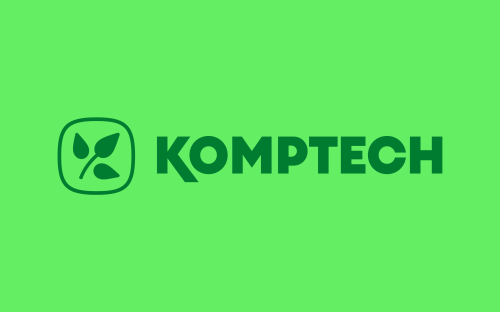With 364 kg of domestic waste per capita, Hungary is significantly below the average for the EU member states, which is 505 kg (Eurostat 2020, EU 27). Nevertheless, the national authorities responsible for waste management are aware of the further considerable improvement potential.
The central intermediary organization for public waste management organizes the waste management sector in a way that is both transparent and controllable. Primarily this involves the collection, treatment, and recycling of waste that must be transferred to a public waste management organization for disposal.
Domestic waste from communal collections is a classic example. A waste recycling facility in Szeged, the third largest city in Hungary, has been generating maximum value, both in terms of materials and energy, from this mixed waste since last year.





